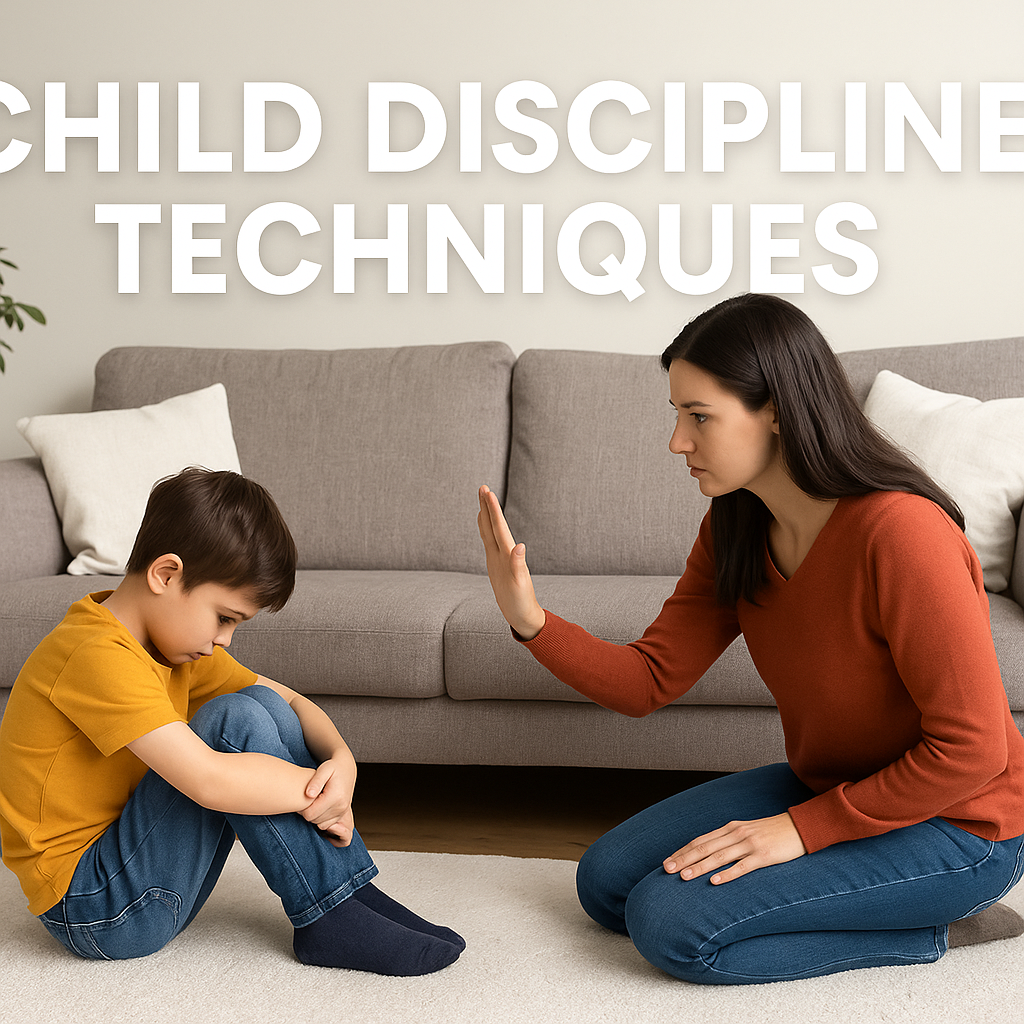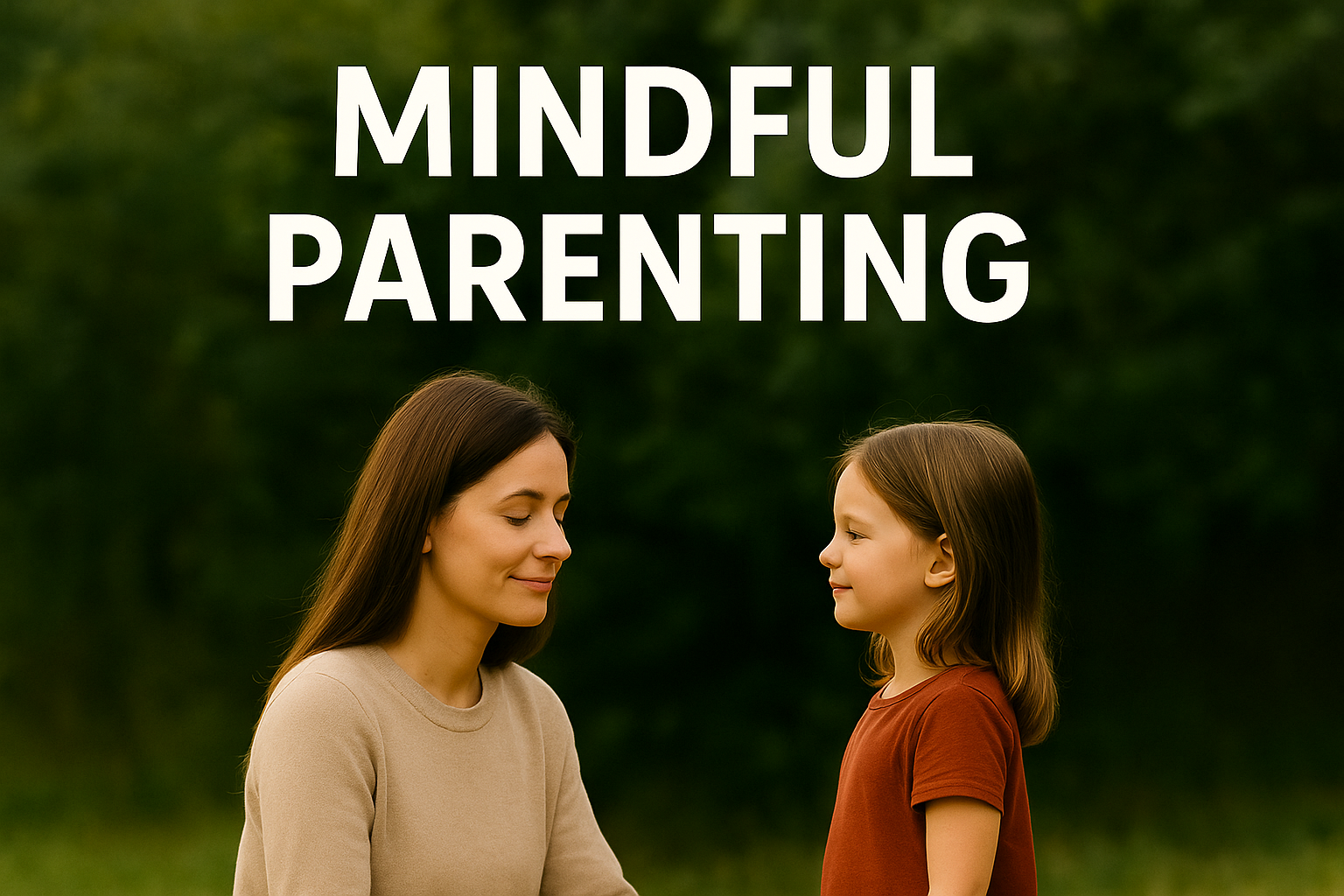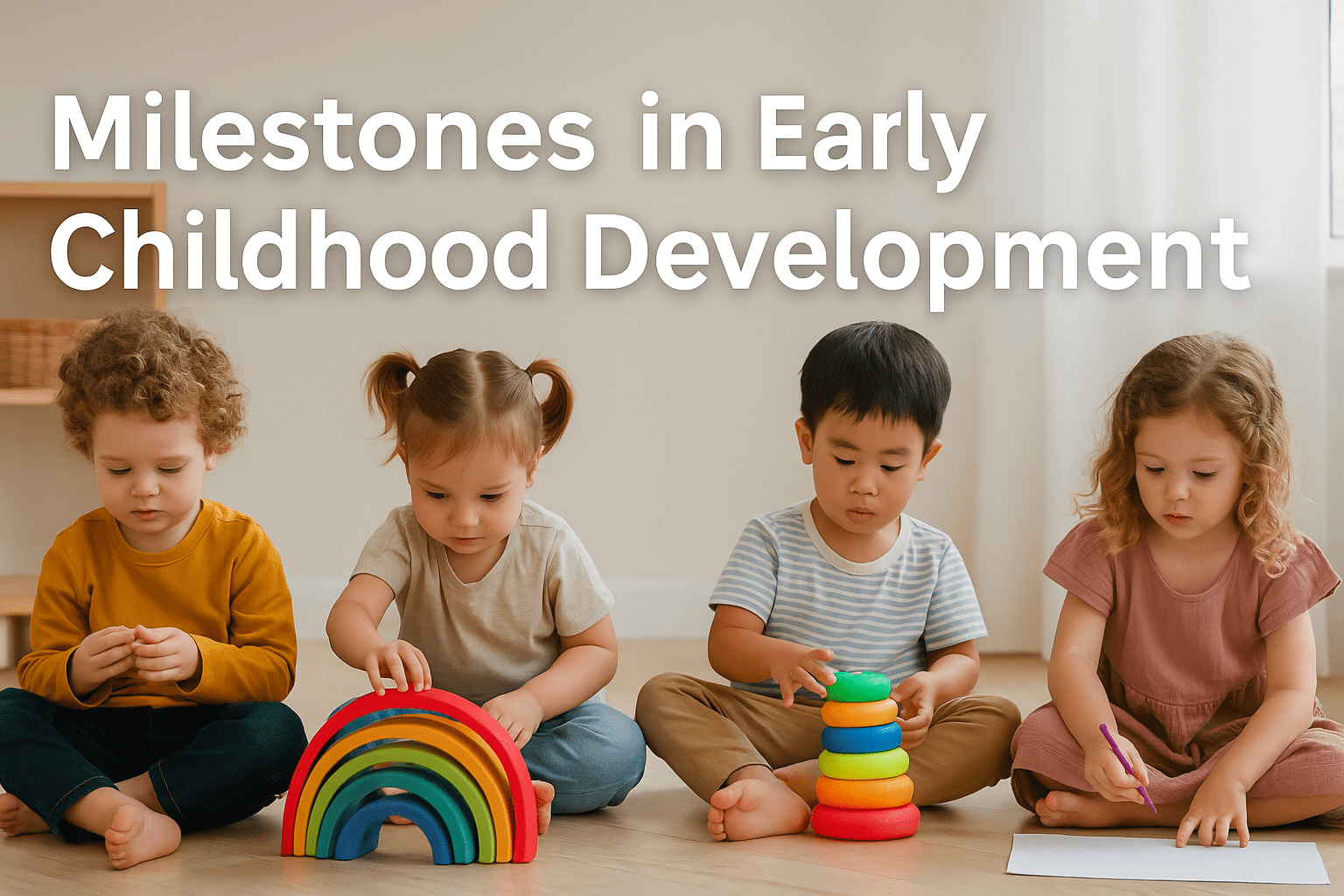In today’s digitally driven world, the integration of technology into education is inevitable.
However, the Montessori Method, known for its emphasis on hands-on learning and independence, often raises questions about the role of technology in the classroom. How can these two seemingly opposing approaches coexist harmoniously? This blog post explores the delicate balance between the Montessori Method and technology, shedding light on how they can complement each other while preserving the essence of Montessori education.
The Montessori Approach: A Time-Tested Philosophy
At the heart of Montessori education lies the belief in nurturing the child’s innate curiosity and love for learning. The Montessori classroom is carefully designed to promote independence, self-discovery, and hands-on exploration. Materials in a Montessori classroom are meticulously chosen to engage the child’s senses and encourage active participation in the learning process. This holistic approach has proven to be highly effective in fostering critical thinking, problem-solving skills, and emotional intelligence.
The Digital Age: Technology in Education
In contrast, the digital age has brought about a proliferation of educational technology tools, from interactive whiteboards to educational apps and online learning platforms. These tools offer undeniable benefits, such as access to vast information resources and enhanced engagement. However, they also pose potential risks, including screen time concerns, reduced physical activity, and a passive learning approach.
Finding Harmony: Balancing Montessori and Technology
The key to harmonizing the Montessori Method and technology lies in finding a balanced approach that leverages the strengths of both. Here are some strategies to achieve this balance:
- Selecting Educational Apps Carefully:When introducing technology, choose educational apps that align with Montessori principles. Look for apps that encourage active learning, critical thinking, and problem-solving rather than passive consumption.
- Limited Screen Time:Set strict limits on screen time both at school and at home. The American Academy of Pediatrics recommends no screen time for children under two and a maximum of one hour per day for children aged two to five.
- Purposeful Integration:Use technology as a supplementary tool rather than the primary mode of instruction. It can be valuable for research, presentations, or exploring specific topics in-depth.
- Outdoor Exploration:Ensure that ample time is dedicated to outdoor play and physical activities to counterbalance screen time. Montessori schools often emphasize nature-based learning experiences.
- Teacher Guidance:Teachers play a crucial role in guiding students in the responsible and effective use of technology. They can help children navigate online resources and encourage critical thinking about digital content.
- Parental Involvement:Parents and caregivers should be actively involved in their child’s digital experiences. Engage in discussions about the content they encounter and set guidelines for technology use at home.
- Assessment and Adaptation:Regularly assess the impact of technology on students’ learning and well-being. Be prepared to adapt the technology integration approach based on these assessments.
While technology can be a valuable addition to the Montessori classroom, it should never replace the hands-on, experiential learning that defines Montessori education.
The Montessori Method’s core principles of independence, self-discovery, and sensory engagement remain paramount. Technology should enhance, not overshadow, these principles.
In conclusion, finding the right balance between the Montessori Method and technology is possible. By carefully selecting appropriate digital tools, setting limits on screen time, and maintaining a strong focus on hands-on learning, Montessori educators and parents can ensure that technology serves as a valuable complement to the time-tested Montessori approach. Ultimately, the goal is to prepare children to thrive in an increasingly digital world while preserving the essence of Montessori education: fostering independent, inquisitive, and responsible individuals.



